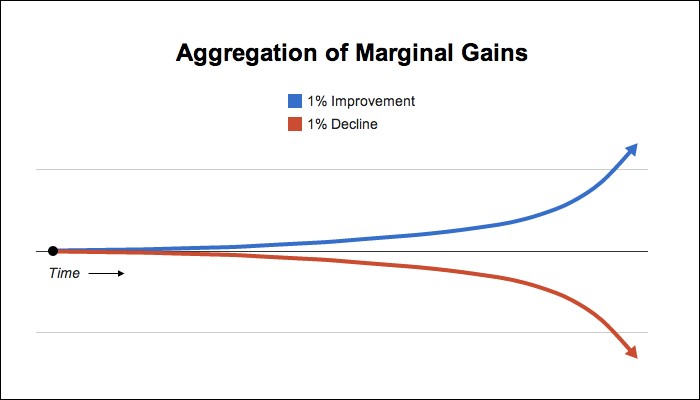
Life is full of unexpected events. Despite our best efforts, bad things happen. If you work in clinical settings like ASCs long enough, it is likely you will encounter an unexpected event where the outcome is not optimal. Hopefully the resultant harm is minimal, but sometimes it’s not. Adverse events can lead to painful infections, injuries that require surgery, permanent damage, and death. Research shows medical errors are the number three cause of death in the United States.
When an adverse event occurs in a surgery center, the primary concern is the well-being of the patient and their family. With patient needs tended to, leadership works to prevent the mistake from occurring again.
While all of this is happening, potentially overlooked or underappreciated are the needs of your staff. Most ASC physicians and clinical staff pursue a career in medicine because they enjoy taking care of people. Many will establish emotional connections to patients. Surgery center caregivers often use possessive phrases – “these are my patients.” With such strong connections formed, caregivers may suffer significant distress if an adverse event results in patient harm. Given the nature of care provided in ASCs, staff rarely deal with emergencies or surprises. This can magnify the shocking effects of an adverse event.
The term “second victims” describes health care providers involved in an adverse event and traumatized by the incident. They often feel responsible for the outcome. The weight of the experience can have short- and long-term effects. These can include:
- feelings of guilt, sadness, and shame,
- distraction, both at and outside of work,
- second-guessing of knowledge and skills, and
- personal harm, even suicide.
Here are some recommendations that may help provide support to caregiver “second victims” following an adverse event.
1. Determine affected staff and evaluate.
Identify who served on the clinical team caring for the harmed patient. Clinical ASC supervisors and the administrator should then work to evaluate the impact of the event on involved staff. The administrator and medical director should evaluate the impact on physicians. These evaluations can include one-on-one conversations with team members about their response to the incident. They can help determine if staff are experiencing any emotional trauma.
Do your best to make staff feel comfortable about sharing their thoughts and feelings. While some team members may not open up to you, simply reaching out can help. Doing so conveys you are genuinely concerned about staff well-being and not just determining the cause of the incident.
2. Address patient ratios.
It is difficult to predict how team members will cope with an adverse event, even one that inflicts minimal harm. From a staffing perspective, it may behoove you to assume the worst. Expect involved caregivers to require time to process the situation — time that may keep them out of the ASC or lead to reduced shifts. Immediately address patient ratios and redistribute patient loads to allow for coping and account for reduced staff. You do not want someone treating patients not emotionally or physically prepared to deliver quality care.
3. Provide support.
Offer your support to those team members who indicate some form of trauma. Discuss how they are feeling. Ask if there is anything the surgery center can do for them. This may include providing longer breaks or shorter shifts (if possible). Let them know they can speak to leadership at any time if they find themselves distracted or struggling with emotions.
Note: Not everyone on your team will feel comfortable sharing their emotions or requesting assistance. Keep an eye on team members for signs of struggling. If your gut tells you someone is having a difficult time or you notice changes in behavior (e.g., crying), speak with this team member. Work to obtain an honest answer on their state of mind; it can impact your risk management.
4. Offer professional counseling.
As helpful as it can be for ASC leadership to provide support, some caregivers may require or want outside professional counseling. Have the ability to offer such counseling, even if no one takes advantage of it. Some caregivers may initially dismiss the offer only to take advantage of it later. What’s important is to have counseling available and for caregivers to know how to secure an appointment.
Preparation is Critical
An adverse event can occur at any time. When it does, what matters most is how you respond. Ensure your response plan takes into consideration potential second victims. When caregivers do not receive the necessary attention and support following an adverse event, the likelihood of another incident occurring increases. While you can’t undo a mistake, you can work diligently to prevent another one from happening.
Jebby Mathew – Regional Director of Operations







